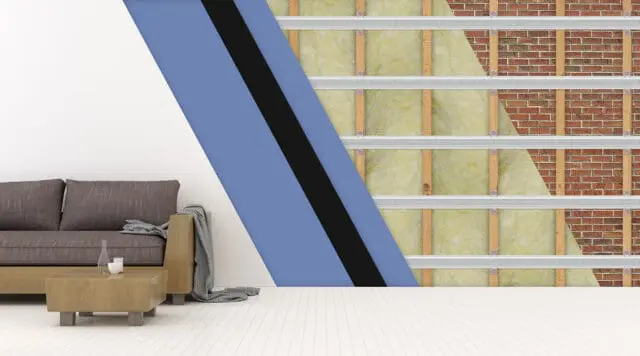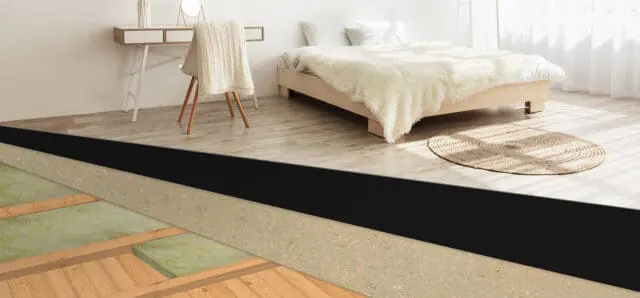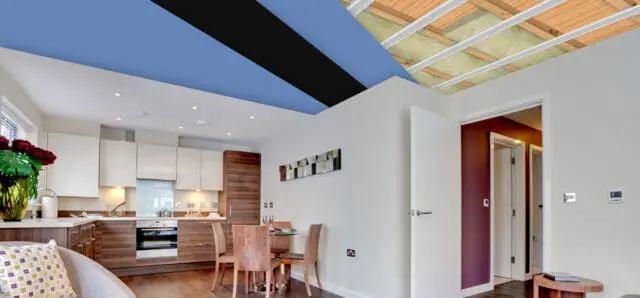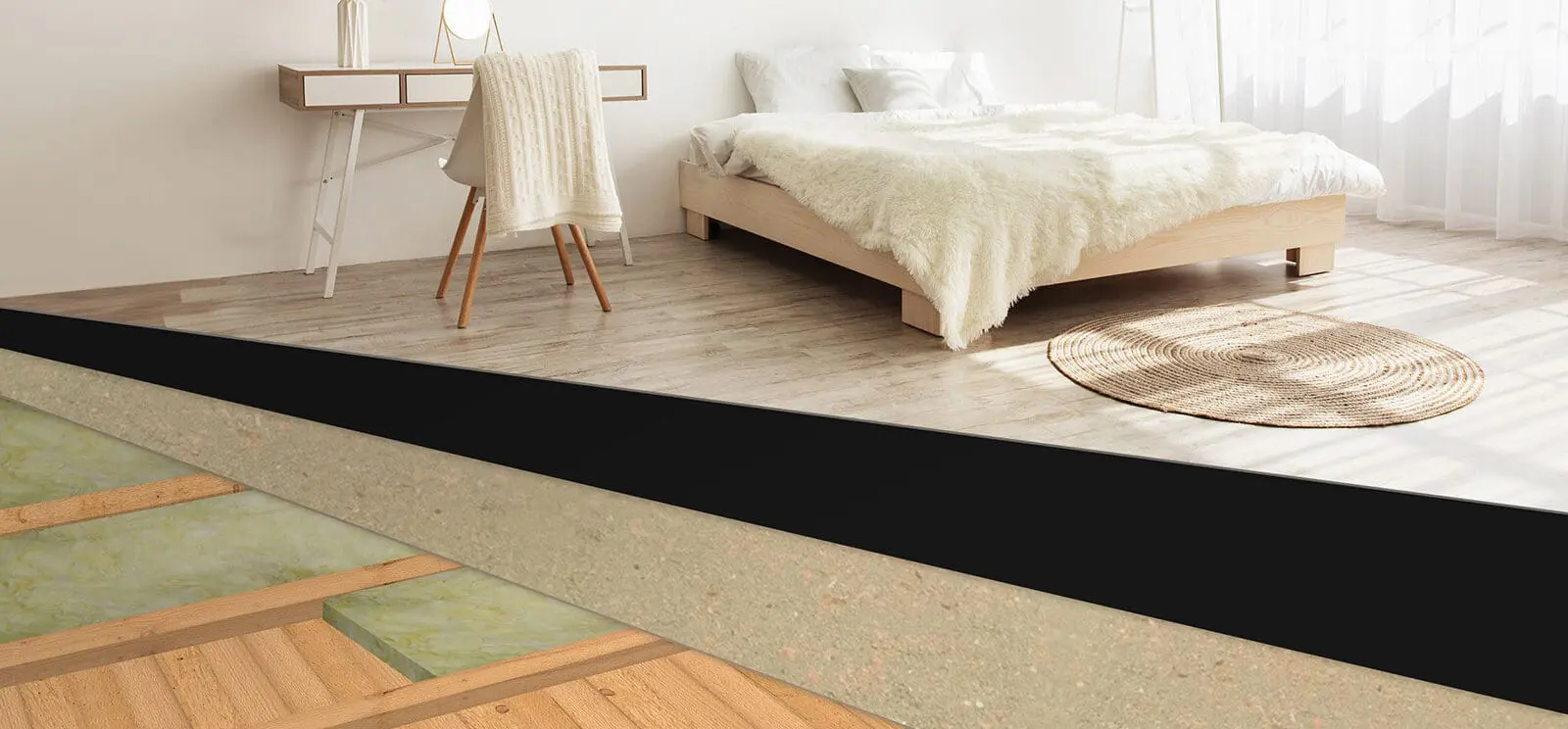
Soundproof Acoustic Underlays
Whether you have wooden or concrete floors, our soundproofing acoustic underlay solutions help to minimise noise transfer from both airborne and impact sounds, creating a quieter, more comfortable space.
https://www.noisestopsystems.co.uk/shop/floor-soundproofing/Our Soundproof Acoustic Underlay Flooring Solutions
From echoing footsteps and loud conversations to the vibrations of a neighbour’s music, sound travels easily through voids, causing unwanted disturbance and distraction. Noisestop’s acoustic soundproof underlays help significantly reduce these sounds by absorbing vibrations.
Whether you have wooden flooring, concrete floors or carpet, our easy-to-install soundproof acoustic underlay mats are designed to reduce sound transfer through floors, damping noise and increasing privacy.
Available in various thicknesses and to suit different budgets, our acoustic noise reducing underlays provide an effective sound barrier solution for a range of environments, from commercial buildings and offices to residential properties, helping meet part E of building regulations.
Looking for a system you can install directly to the floor joists or as an overlay? Our floating floorboards provide a quick installation solution that offers excellent acoustic performance.
Not sure what you need? Call us on 01423 339163 or send your enquiry online. Our knowledgeable team is here to discuss your requirements and find the right soundproof acoustic underlay for your project.
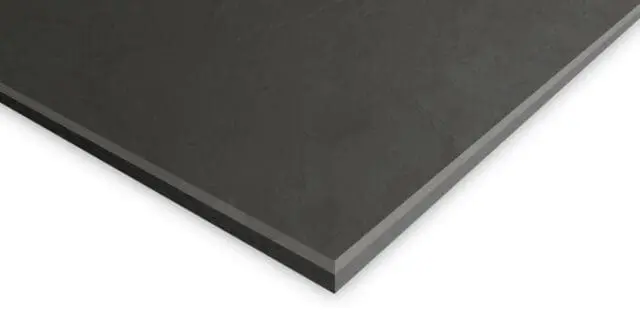
F7 9mm Sound Insulation Underlay 1.2m x 1.2m
£26.95 exc VAT.
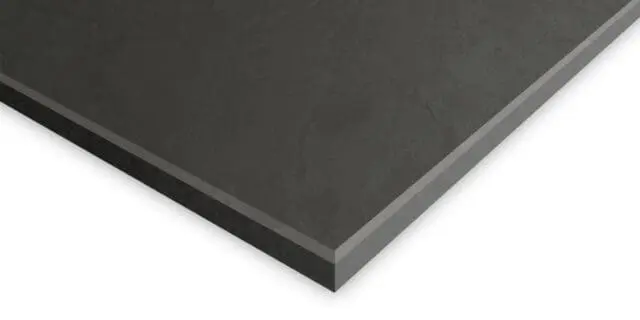
12mm Soundproof Acoustic Underlay 1.2m x 1.2m
£31.95 exc VAT.
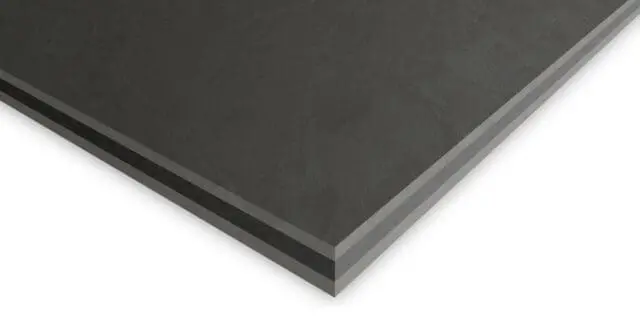
F7 Plus 15mm Sound Insulation Underlay 1.2m x 1.2m
£41.95 exc VAT.
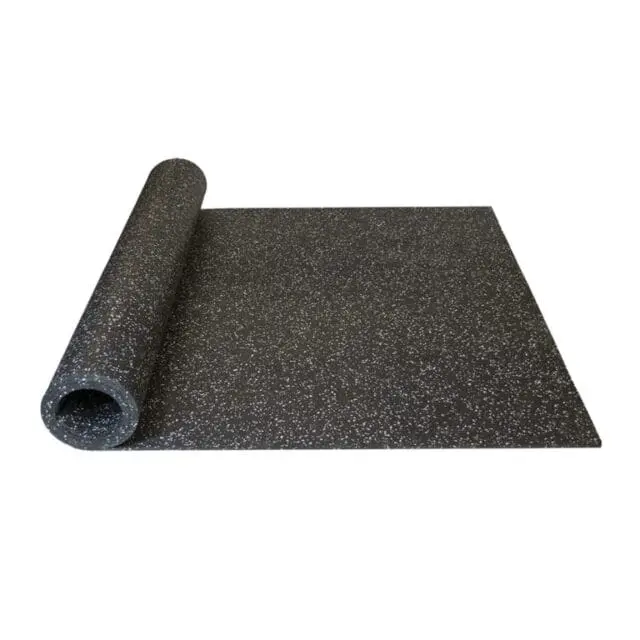
Sound Deadening Mat 3mm & 5mm | Soundproof Matting for Floors
£108.75 exc VAT.

Mass Loaded Vinyl Soundproofing Barrier Shield | 5kg & 10kg 1.2m x 1.2m
£10.05 exc VAT.
Frequently bought together
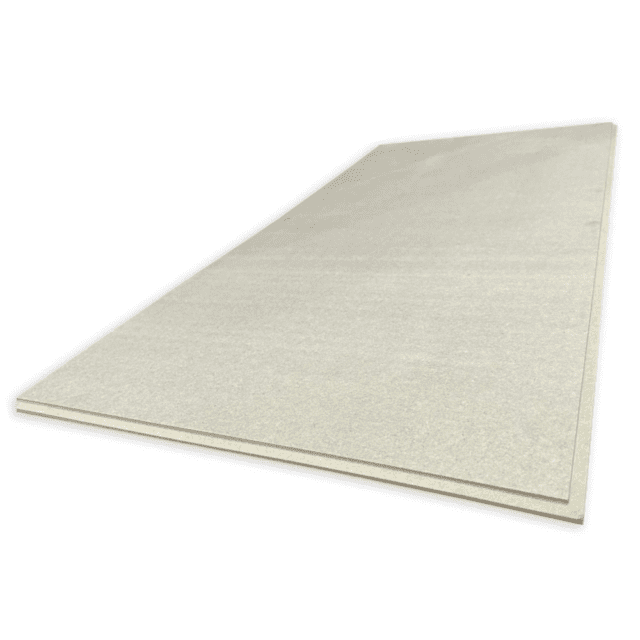
9mm T&G Moisture Resistant MDF Overlay Board 1.2m x 0.6m
£10.55 exc VAT.
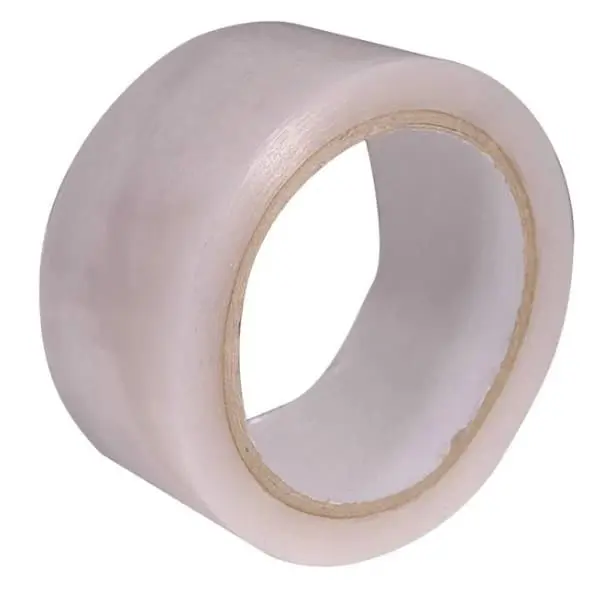
High Tack Tape 33m x 50mm
£12.9 exc VAT.
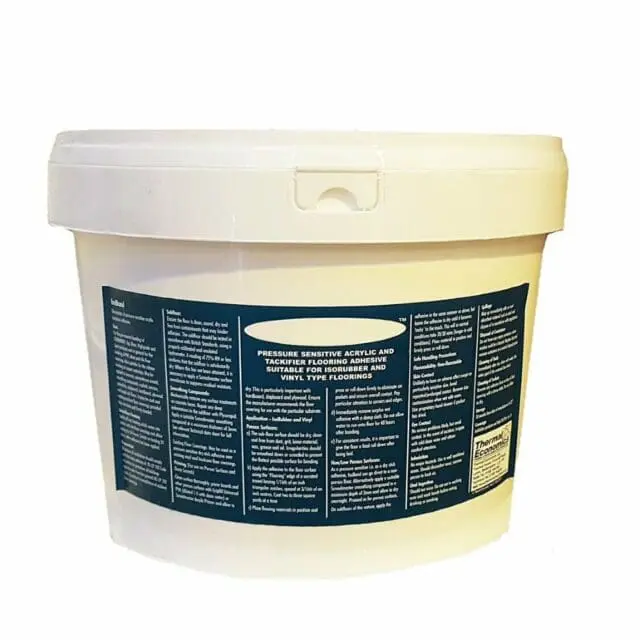
Isobond Adhesive 12kg 10 Litre Tub
£59.5 exc VAT.
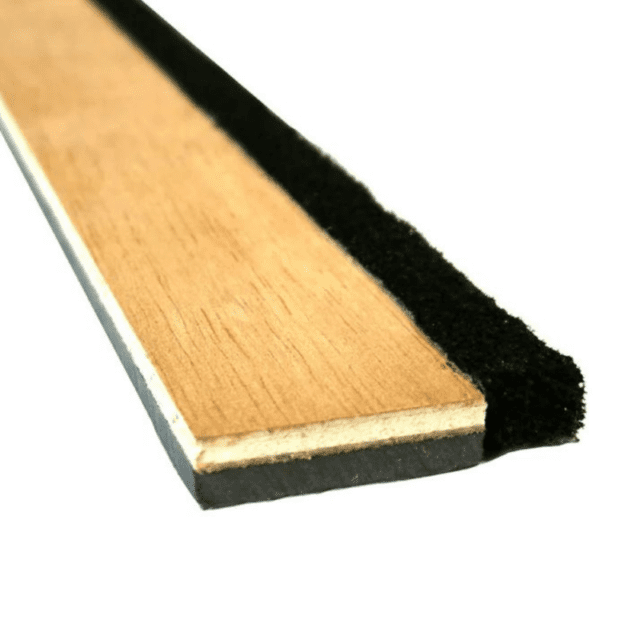
Perimeter Edging Gripper Rod Strips 9mm x 1200mm x 25mm
£5.65 exc VAT.
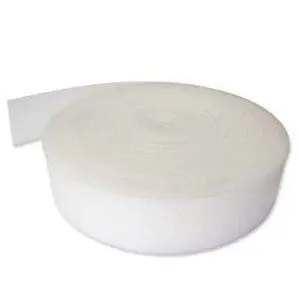
Perimeter Isolation Tape 25m x 100mm x 5mm Flanking Strip
£12.3 exc VAT.
Soundproof underlays FAQs
A soundproof underlay is a material layer installed underneath flooring to reduce noise transmission between floors. It helps reduce impact noise (e.g., footsteps) and airborne noise (e.g., voices and music) from travelling through the floor to other rooms.
Our underlays reduce noise by absorbing sound vibrations and isolating the flooring from the subfloor. They are typically made of dense, resilient materials like mass-loaded vinyl, which blocks airborne sound waves, and high-grade dense foam, which cushions against impact noise. Learn more about how soundproof underlay works.
Soundproof underlays can reduce two main types of noise:
- Impact noise: Sounds generated by direct contact with the floor, like footsteps, dropped objects, or furniture movement.
- Airborne noise: Sounds that travel through the air, such as conversations, TV, or music.
Yes, these underlays can be used with various types of flooring, including:
- Hardwood and laminate: These benefit from underlays that cushion impact noise.
- Carpet: Underlays enhance comfort and add extra soundproofing.
- Tiles: These require specific underlays, usually more rigid and moisture-resistant.
- Vinyl: Often needs thinner underlays with good acoustic properties.
The thickness of a soundproof underlay required varies depending on the level of soundproofing you want to achieve and the type of flooring it will be installed underneath. Standard thicknesses range from 3mm to 15mm, with thicker underlays generally offering better sound reduction.
Yes, soundproof underlays can significantly reduce noise transmission, particularly impact noise from upstairs neighbours. They create a barrier between the floor and the structure, absorbing vibrations and reducing sound travel. Acoustic underlays will also reduce airborne sound transfer between neighbouring properties.
Acoustic underlays can help meet sound insulation standards, particularly for new builds and conversions. They assist in complying with Part E of the Building Regulations in the UK, which sets minimum standards for airborne and impact noise insulation between dwellings.
Soundproof underlays are designed for easy DIY installation. However, professional installation may be recommended for more complex projects, particularly those requiring specific soundproofing standards (e.g., Part E compliance).
Popular soundproofing categories
Got a question?
Send us a message, and we’ll respond as soon as possible. Alternatively, call 01423 339163 to speak with an adviser.

